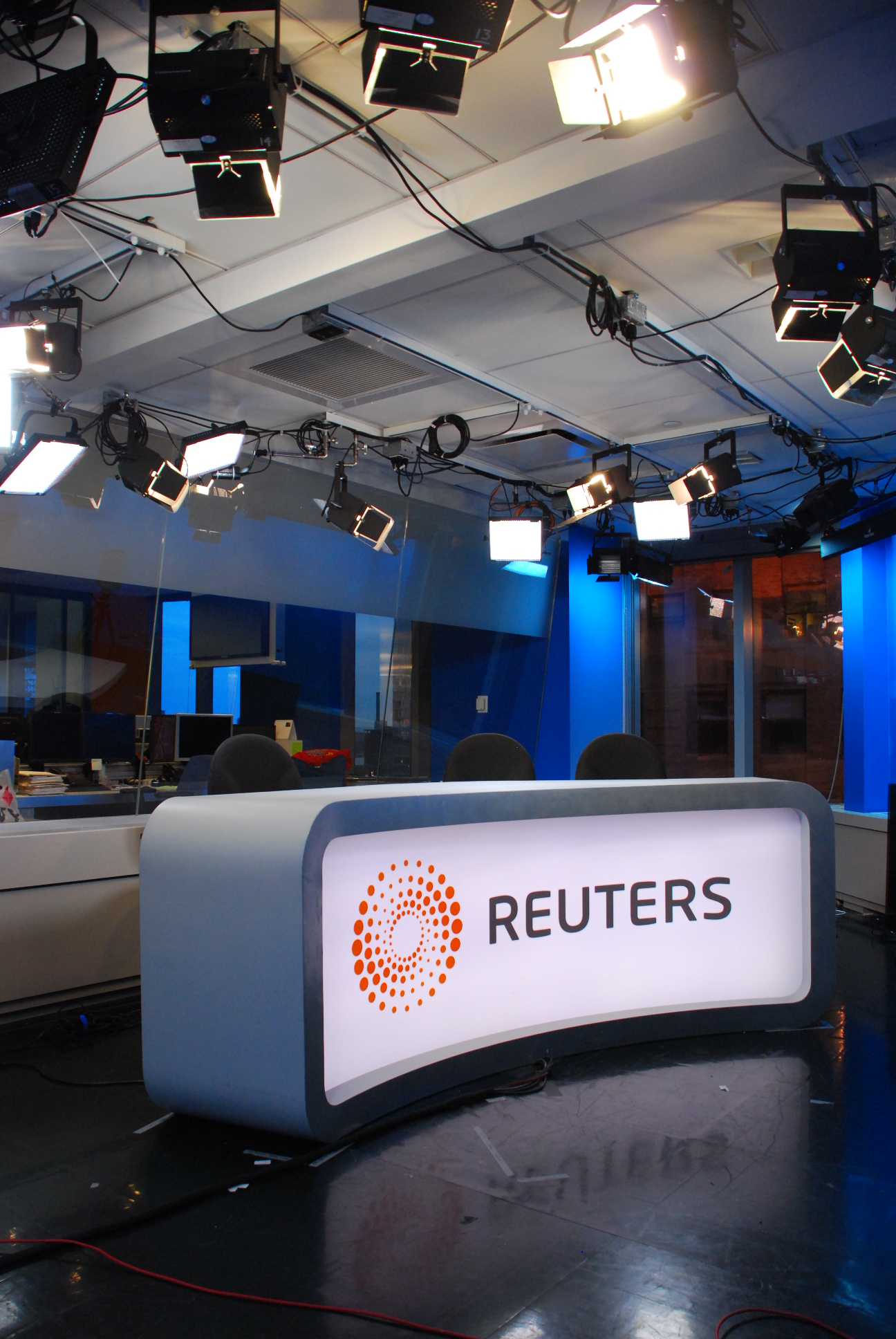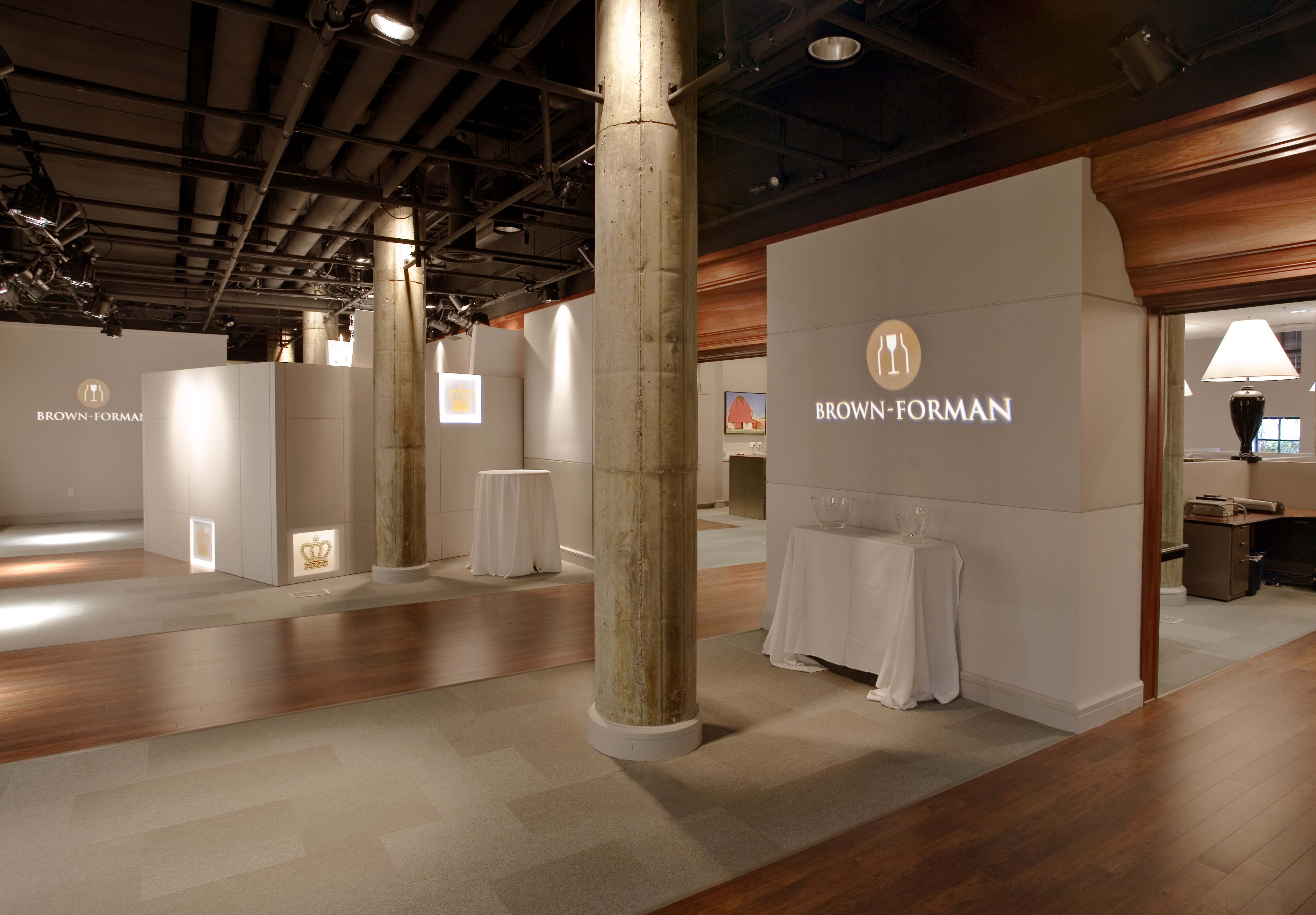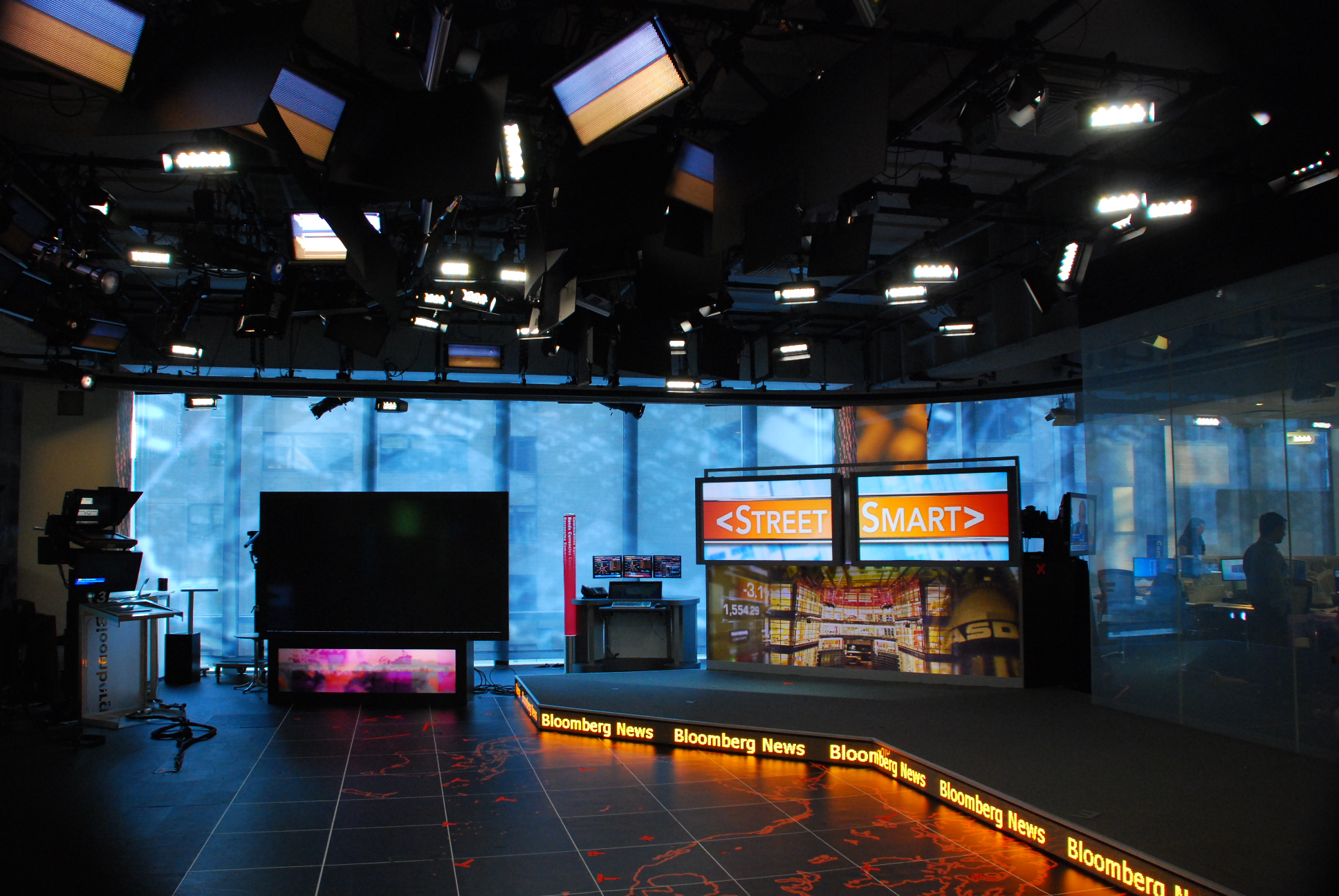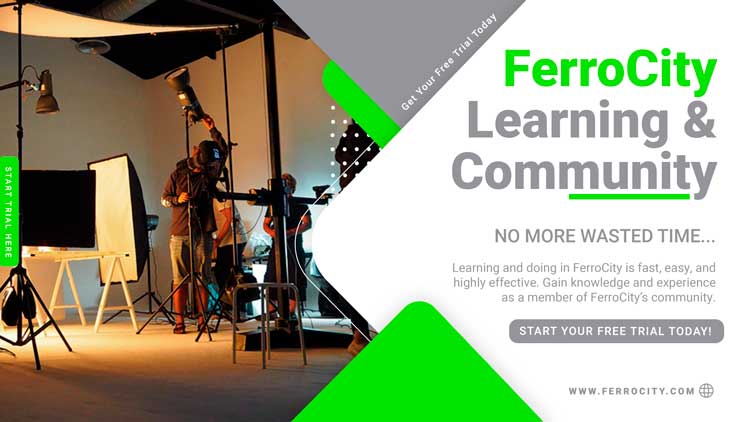Mark London: The Lighting Design Group
How important is lighting in video production? In case you were wondering, the answer is EXTEMELY! Lighting commonly dictates success or failure because it’s directly related to whether the public’s perception of the final product will be qualified as good or bad. And STILL, it largely goes unnoticed.
“It’s sort of a mystery,” says Mark London, the V.P. of Operations and Systems of the Lighting Design Group. “You can’t put your hands on light. When the lighting is good, the average person doesn’t know what made it good. When the lighting is great, you may not notice it at all.”
The Lighting Design Group does just that: They make lighting so exceptional that audiences don’t even realize its inherent effectiveness. And Mark London is the gear to the company’s motor.
The path to his current career began when he was an early teenager. Mr. London became infatuated with theater in high school when his less-than-stellar acting skills took him out of the spotlight (pun intended) and brought him behind the curtain. His new responsibilities included developing the scenery and set design with the backstage staff, where lighting is a crucial aspect.
Now, as Vice President of Operations and Systems of the Lighting Design Group, Mr. London is closely involved with a multitude processes within the entertainment business. The company is the largest television lighting design firm on the East Coast. They specialize in broadcast studio design, exterior and remote location design, the design and installation of permanent broadcast lighting systems, and designs in architectural settings.
Mark wears two hats as the V.P. of Operations and Systems. On the “operations” side, he must ensure that all of the company’s clients are properly attended to, while maintaining the effectiveness of his staff, whether it’s the designers, production team or finance department. In the “systems” sector, he is the executive of the design and installation with oversight of permanently assembled lighting systems for A-list clients the company is serving.
So how did an actor manqué work his way up to vice president of one of the leading companies of its kind in the entire world?
Upon his high school graduation, Mr. London was set on joining the theater technology program at SUNY Purchase in Westchester, New York. However, his dad thought such a decision was “nuts” as he recalls. His father suggested that he get an internship in theater for a semester to see if that was what he really wanted to pursue. But the internship was not a necessary catalyst for Mark’s already fervent interest in theater.
He joined the theater technology program at SUNY Purchase and it was a worldly experience for him. Mr. London was exposed to all facets of production, so his knowledge became all encompassing. Towards the end of his college career, he wanted to do something in design, specifically set design, but he was again shunned from yet another interest of his because his drawing and art skills were not quite up to par. This ultimately opened up another door. “And that’s how I fell into lighting design,” recalled Mr. London.
Mark worked as a freelance technician for a few years before he decided to attend graduate school for lighting design. His vast knowledge of lighting design in both theory (schooling) and practice (his long career in television), eventually led him to his current position as V.P. of Operations and Systems at the Lighting Design Group. He has gone from working on high school plays to involving his company with projects such as the Olympics and the Presidential election.
Mr. London’s “desk job” as he calls it, is like no other. He gets to travel the world and work with some of the largest media outlets.
“We are doing all new studios across the world. We just built studios in New Delhi and Istanbul, and we are in the middle of working on five new T.V. studios for CCTV in Beijing,” says Mr. London.
The company’s main goal is to illuminate a show or a broadcast as best they can. Whether it involves being on set and performing the duties, or building an actual light studio to fit the needs of a newsroom. The news and broadcast outlets that they service globally seek astute insight on the subject of lighting.
“A lot of what we do is work with these networks to teach them how we do lighting in the States and how we do good quality television lighting so they can get their talent to look like CNN, NBC or ABC,” says Mr. London.
It’s not as easy as it sounds for London and his team. There are multiple steps to this arduous process before arriving at a final product, and Mark dives in knowing everything he needs to ask before beginning a project.
The Lighting Design Group is typically hired when a client realizes that the architect designing the studio cannot expertly install a lighting system. Sometimes the client asks the architect questions that he/she cannot answer, so the architect contacts The Lighting Design Group for help. And once Mark and his team are on board, they need to know EVERYTHING relative to the project at hand.
What do you intend to shoot in these studios? How do you intend to shoot it? Are you going to have live audiences? Are you going to have news shows? Sports shows? Soap operas? All of the above? The answers to all of these questions are crucial because the size, the shape, the facility, and the infrastructure of the room is going to be designed differently depending on what the client wants to shoot there.
“And if they don’t know, we sort of help them along that path, because you’d like to give everyone the Rolls Royce, but rarely can everyone afford it. We try to find out what they are really planning and we work together to meet those goals,” Mark expresses.
Mark believes that the Lighting Design Group’s most favorable asset is that they must serve as the “jacks-of-all-trade.” When LDG is hired for a project, they are the last piece to the puzzle because the talent, set designer, director, and graphics people have already been hired. So the lighting needs to accentuate each integral aspect of the project. They need to know what shots the director is going for or else they won’t be able to light them properly. The best of Mark’s designers can actually help the directors direct, which helps enhance the process.
“By extension, we become the glue; we are tying together the talent, the director’s vision, and the scenic designer’s vision,” says Mr. London.
Given the gifted talent and brilliant business/trade practices deployed around the world by the Lighting Design Group, we trust we’ve shed some light upon our original question, “How important is lighting in video production?” And in case you’re still wondering, the answer is EXTEMELY!







Comments
2 Responses to “Mark London: The Lighting Design Group”